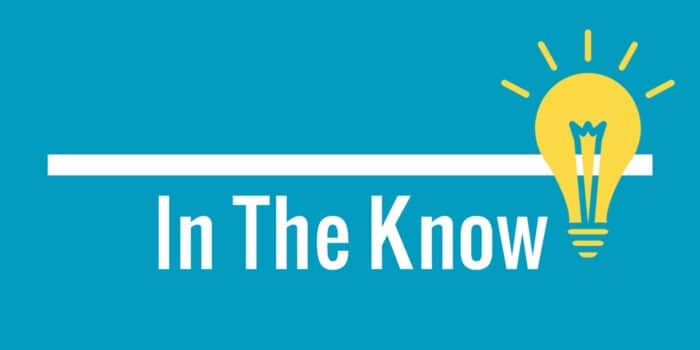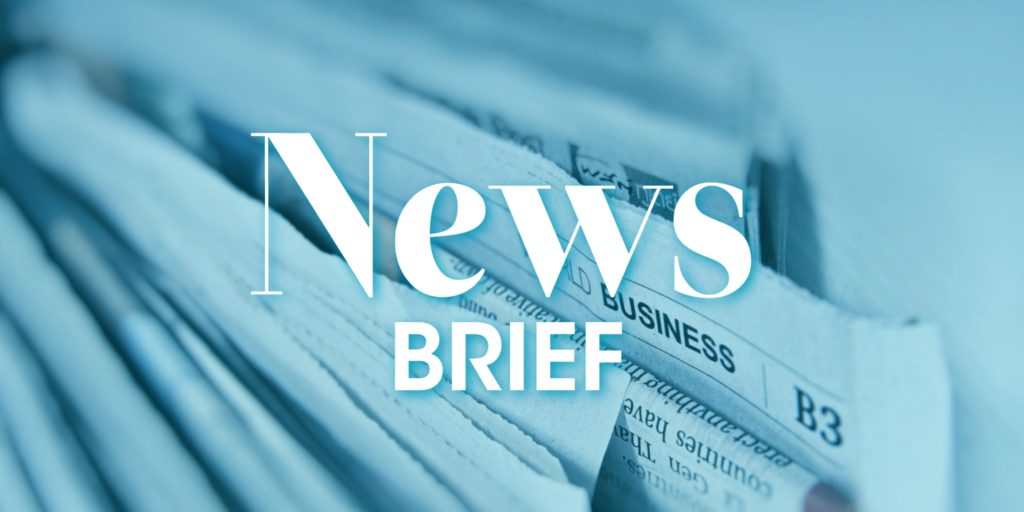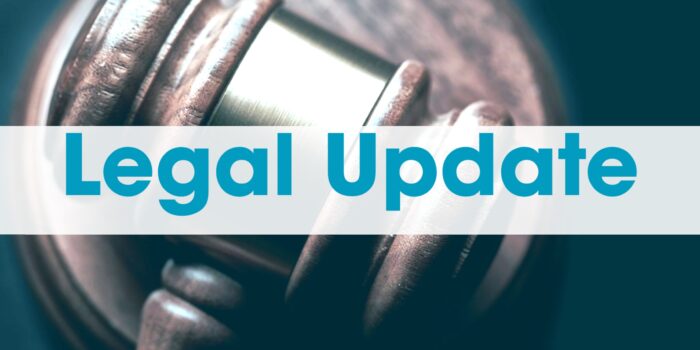 On April 28, 2020, the Departments of Labor (DOL) and the Treasury (Departments) issued deadline relief to help employee benefit plans, plan participants and plan service providers impacted by the COVID-19 outbreak.
On April 28, 2020, the Departments of Labor (DOL) and the Treasury (Departments) issued deadline relief to help employee benefit plans, plan participants and plan service providers impacted by the COVID-19 outbreak.
Thereafter, on Feb. 26, 2021, DOL
Disaster Relief Notice 2021-01 clarified the duration of this relief.
The deadlines were initially extended by disregarding an Outbreak Period from March 1, 2020, until 60 days after the announced end of the National Emergency (or such other date announced by the Departments). Under federal law, this period could not exceed one year, meaning that the relief was expected to expire on Feb. 28, 2021.
 The $1.9 trillion relief bill, known as the American Rescue Plan, has been signed into law by President Joe Biden. Highlights of the bill include extended unemployment benefits, direct checks to individuals and more.
The $1.9 trillion relief bill, known as the American Rescue Plan, has been signed into law by President Joe Biden. Highlights of the bill include extended unemployment benefits, direct checks to individuals and more. President Joe Biden recently announced that he is directing the U.S. Department of Health and Human Services to purchase an additional 100 million doses of the Johnson & Johnson COVID-19 vaccine.
President Joe Biden recently announced that he is directing the U.S. Department of Health and Human Services to purchase an additional 100 million doses of the Johnson & Johnson COVID-19 vaccine. On Thursday, March 11, 2021, President Joe Biden directed states to make all adults, ages 18 and older, eligible for COVID-19 vaccinations by May 1.
On Thursday, March 11, 2021, President Joe Biden directed states to make all adults, ages 18 and older, eligible for COVID-19 vaccinations by May 1. On April 28, 2020, the Departments of Labor (DOL) and the Treasury (Departments) issued deadline relief to help employee benefit plans, plan participants and plan service providers impacted by the COVID-19 outbreak.
On April 28, 2020, the Departments of Labor (DOL) and the Treasury (Departments) issued deadline relief to help employee benefit plans, plan participants and plan service providers impacted by the COVID-19 outbreak. On Feb. 26, 2021, the Departments of Labor, Health and Human Services (HHS), and the Treasury issued FAQ guidance to clarify health coverage requirements related to COVID-19.
On Feb. 26, 2021, the Departments of Labor, Health and Human Services (HHS), and the Treasury issued FAQ guidance to clarify health coverage requirements related to COVID-19.